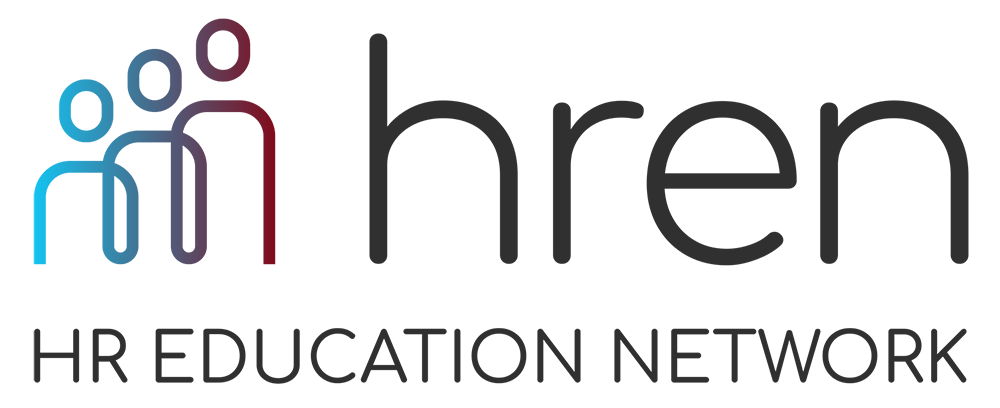Wondering how to improve your chances on the job search? Your LinkedIn profile and resume are often your first impression with potential employers. It’s worth optimizing both to help you stay competitive as you hunt for jobs.
Here’s a guide to help you stand out and land more opportunities.
Why LinkedIn Matters
LinkedIn is no longer optional. It’s a really useful tool for your job search. The platform has helped over 4 million people find jobs and hosts more than 14 million job openings at any given time. Candidates with a comprehensive LinkedIn profile are 71% more likely to get a job interview. If you want recruiters to find you, you need to be discoverable—and that starts with a strong profile.
How to Optimize Your LinkedIn Profile
Create a List of Key Terms for the Position You Desire
Start by clarifying what kind of role you’re aiming for. Use job descriptions and industry resources to compile a list of relevant keywords. From there, highlight the ones that truly reflect your skills and experience alongside the kinds of jobs you’re looking for. These terms should appear throughout your profile, including in your headline, summary, and experience sections.
Customize Your Headline and Profile Imagery

Make your headline more than just your job title. Include relevant skills or areas of expertise. Also, upload a professional photo and rename the image file using your name or professional title. This can help with searchability both on and off LinkedIn.
Add Licenses and Certifications
Include all relevant certifications and licenses, especially those with digital badges. These credentials validate your skills and boost your visibility in recruiter searches.
Max Out Your Skills Section
LinkedIn allows up to 100 skills on your profile—use this space wisely. Include both hard and soft skills that match the roles you’re targeting. The more relevant skills you list, the higher your chances of appearing in recruiter searches.
Turn On “Open to Work”
Activate the “Open to Work” feature to signal recruiters that you’re available. You can customize this setting to be visible only to recruiters or all LinkedIn users.
Build and Engage Your Network
Aim for at least 500+ connections to strengthen your profile credibility. But don’t stop at just connecting—engage! Like, comment on, and share content regularly to stay active and top of mind.
How to Optimize Your Resume
The Dos
- Write in the third person: Avoid using first-person pronouns. Let your accomplishments speak for themselves.
- Use a professional email address: A simple Gmail address with your name works best.
- Fill in experience gaps creatively: Use volunteer work, internships, or even side projects to showcase initiative.
- Include job-specific keywords: Align your resume with the language used in the job posting.
- Prioritize clarity: Use clean formatting with ample white space.
- Keep it concise: Use two pages max, unless you’re in academia or a highly technical field.
The Don’ts
- Avoid unclear acronyms: Not everyone will know your internal jargon.
- Skip ancient job history: Leave off roles from the ’90s unless they’re highly relevant.
- Omit dates in the education section: This can unintentionally lead to age bias.
- Don’t include your home address: It’s unnecessary and outdated.
- Never cram content: Tiny fonts and dense blocks of text are hard to read.
- Avoid copying job descriptions: Focus on accomplishments and impact.
- Say no to flashy designs: Stick to professional, readable formatting—avoid photos, tables, and unusual fonts.
You’re Set!

Optimizing your resume and LinkedIn profile can make a powerful difference in today’s competitive job market. By highlighting your strengths and aligning your materials with industry expectations, you increase your chances of landing interviews and offers. For more guidance and personalized career support, explore HREN’s expert resources and take the next step toward your professional goals.





